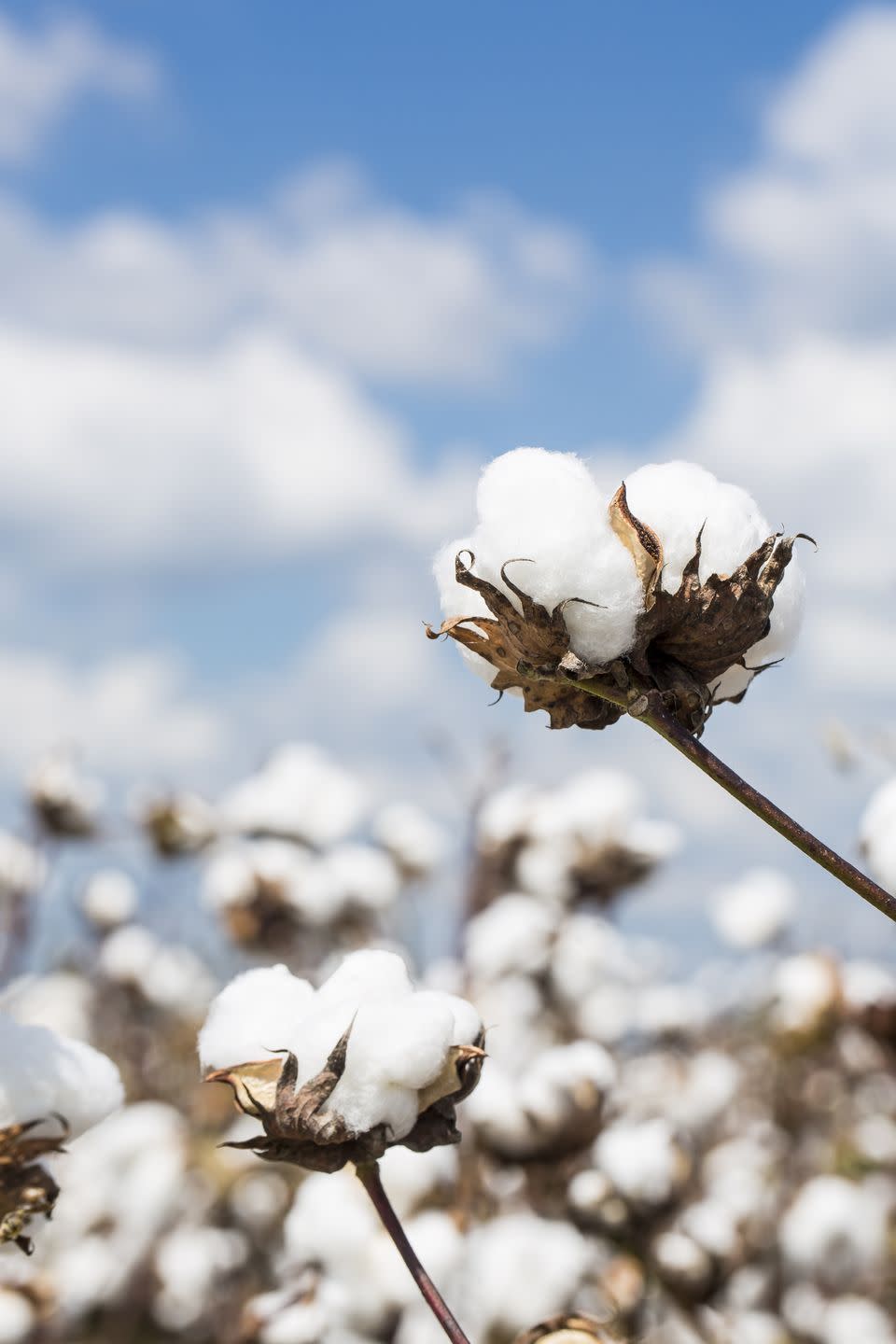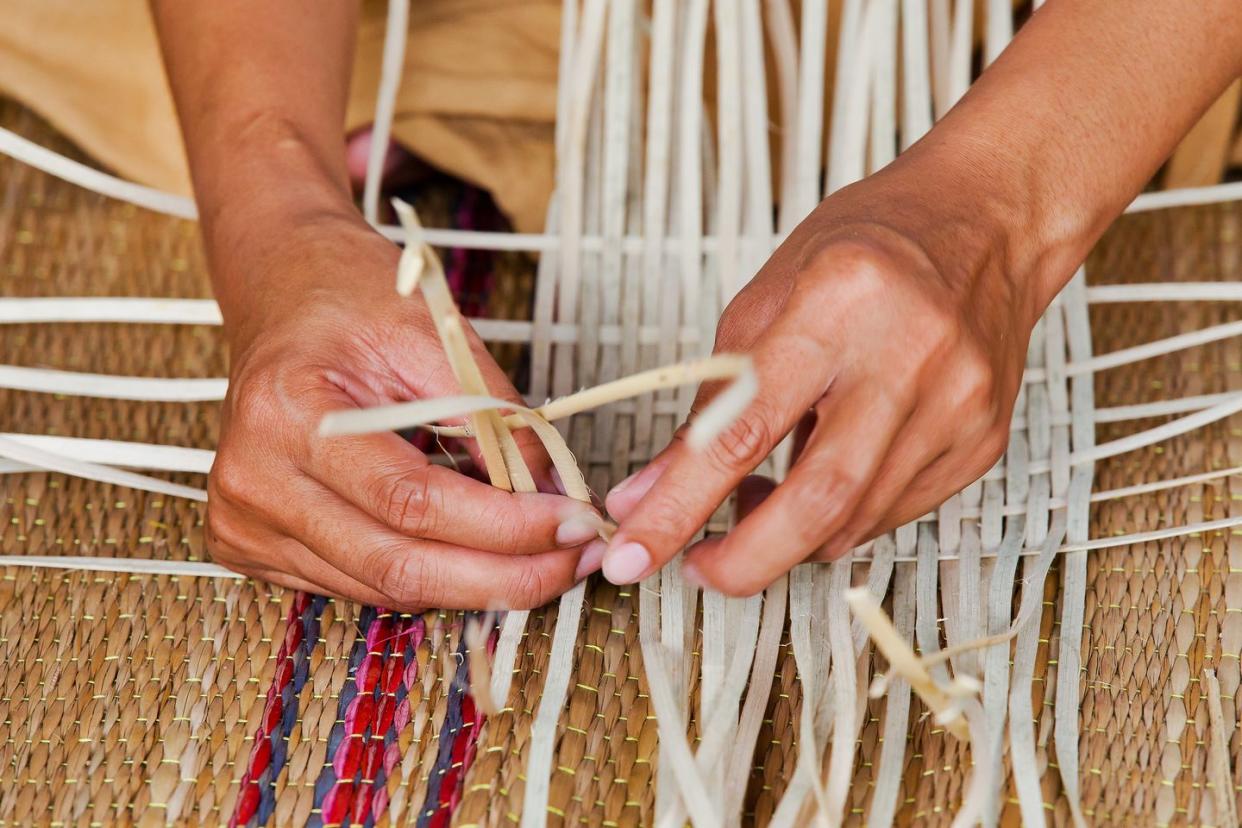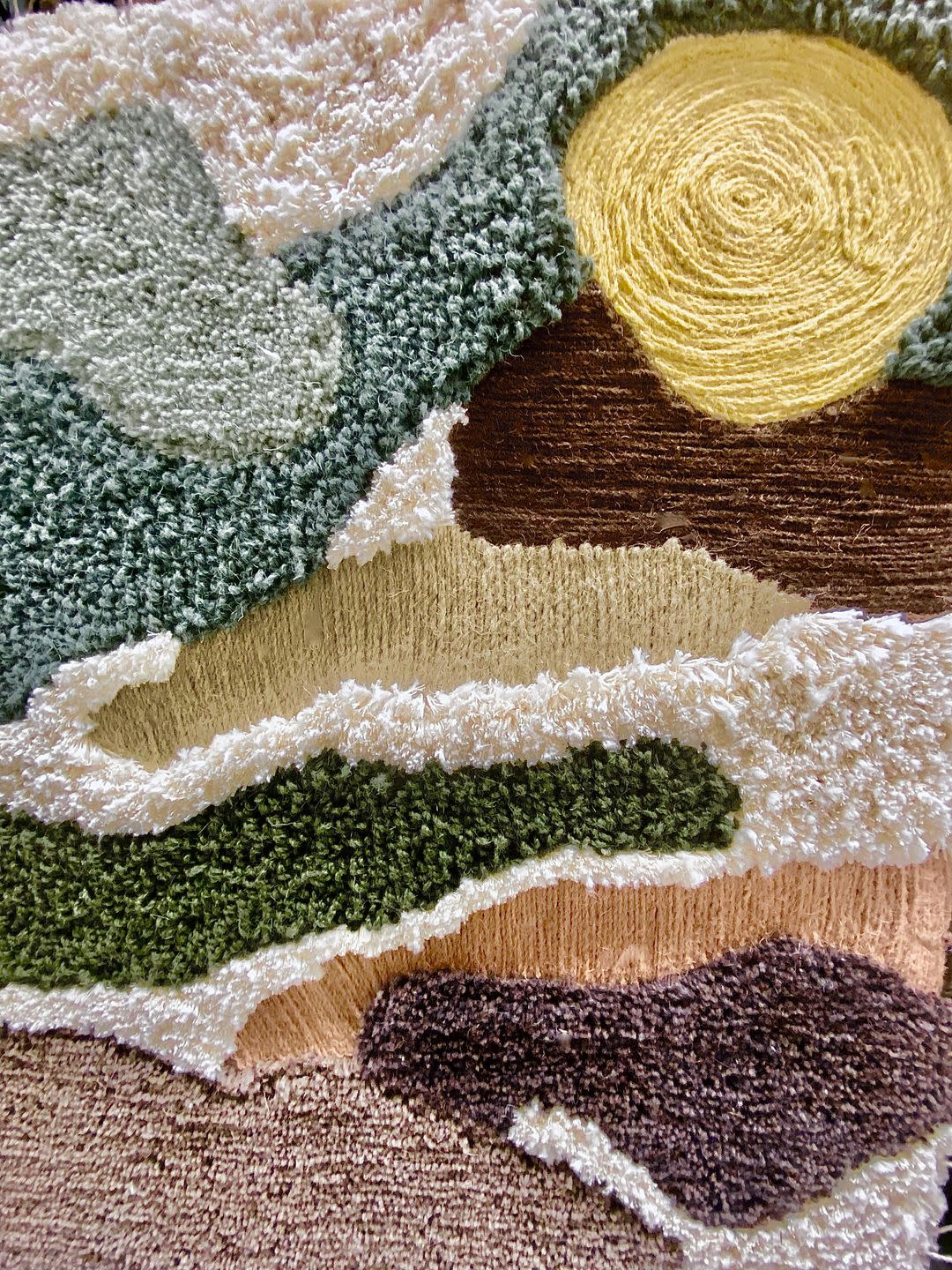The Complete Glossary of Sustainability Terms

"Hearst Magazines and Yahoo may earn commission or revenue on some items through these links."
Some may say the only way to be a fully sustainable fashion brand is to, well, not be a brand at all. After all, according to the Geneva Environment Network, the garment industry is currently responsible for over 10 percent of the world’s carbon emissions and contributes to mass amounts of water and textile waste on a global scale. But, as climate optimists, the no-production path isn’t exactly realistic or affirming in practice. And many new apparel brands are integrating meaningful efforts, while existing ones take stock of broken systems and make long overdue improvements. It’s such a collective priority that you can go to many brands’ sites and take a deep-dive into sustainability strategies—with numbers to back it up. While there’s still a great deal of work to do, leaning into the positive impacts and openly sharing where change needs to happen is a good place to start.
“Transparency is huge,” says Kiana Kazemi, co-founder of Intersectional Environmentalist and founder of Beaker, a responsibility rating site for fashion brands. “People are more intentional about where they put their dollars and are aware of greenwashing tactics,” she adds. “If it’s hidden in the depths of the website, that’s not transparent.”
According to Amy Williams, CEO of Citizens of Humanity, longevity is also key—brands need to pledge more than just a one-off commitment. “There’s a history of apparel brands going into farms and communities and saying they want to make regenerative changes because they are looking for quick marketing wins. They come in, make a collection of products, put them into the market, and then move on,” she shares.
It’s true, particulars around standards, certifications, fabric, carbon offsets, labor conditions, and soil health are often touted as badges of honor. And, with so much information available and reports reading like lengthy novels, how do you, as a consumer, decode and gauge the authenticity of it all?

It can feel like unless you have extensive environmental intel, you’re left sifting through jargony terms and statements. What are the key differences between being GOTS-certified and the Organic Content Standard? What the heck is a PFA? What exactly is regenerative farming? Trying to understand these complexities is a hefty undertaking when you’re just trying to shop with the best of intentions. Arriving at a thoughtful purchase should feel empowering and democratic—not head-scratching.
Which is why we asked designers, activists, and climate experts to break down some of the common terms, standardizations, and initiatives we see quite often in the clothing industry. “I would recommend that consumers become engaged in learning about the products and materials they use,” shares Siena Shepard of the Northern California-based nonprofit Fibershed. “I know that doesn’t create a quick, easy fix, but learning about our material impact on the world is an important skill and I believe pays dividends by creating more conscious consumers.” So, the next time you’re about to hit “add to cart,” consult the below comprehensive list so you can feel informed and good about it—no Environmental Studies degree required.
Materials and Processes

Biodegradable
When an item is biodegradable, it’s able to be fully broken down (on its own and not through human-driven processes such as composting) by natural microorganisms such as fungi, microbes, or bacteria.
Manmade Cellulosic Fibers
According to Fibershed, manmade cellulosic fibers are derived from the dissolved pulp of plants and trees and then manufactured into a material typically made to feel more synthetic. However, depending on the process, this has the potential to create toxic byproducts. In order to make this practice environmentally responsible, it must be made within a closed-loop system. Examples of these fabrics include viscose and lyocell.
Natural Fiber
As Shepard puts it, “The narrative starts with the fact that all materials come from somewhere. They’re either virgin or not.” A natural fiber is composed of materials that can be traced back to a natural source such as plants, vegetables, or animals.
Organic Fiber
For a fiber to be considered organic, it must not incorporate any chemical treatment such as pesticides, synthetic additions, dyes, or GMOs throughout the farming process, and must hold an accreditation from a third-party verification source.
PFAS
PFA is an abbreviation for per-and polyfluoroalkyl chemicals—also known as “forever chemicals.” According to Kazemi, “They never break down. PFAs wash off your clothes and can go into the soil, water, or your body.” According to the EPA, there are so many varying forms of PFAs that it makes it difficult to regulate and to fully understand the impact they have on human health. Typically, PFAs are found in waterproof garments like rain jackets or technical apparel.
Post-Consumer Material
Materials that have essentially reached the end of their life cycle and can no longer be used for their intended purpose.
Pre-Consumer Material
Waste materials that are identified throughout the manufacturing process, but are reintroduced into a product before it reaches its end use.
Recycled Materials
According to the Textile Exchange, an item made using recycled materials must incorporate discarded fabrics that would otherwise be thrown out in the production process.
Synthetic Fiber
A fiber is considered synthetic when the makeup of it includes manufactured chemicals and additives. Synthetic fibers are non-biodegradable and are made using non-renewable resources. Examples include elastin, polyester, and acrylic.“These ingredients are a one-way path to trash,” Shepard says.
Upcycled
A process that involves taking a discarded product and making a new use out of it.
Certifications and Climate

Accreditation
“Words like ‘green’ or ‘eco-friendly’ are not regulated,” Kazemi says. “It’s important to look at certifications because they have a standardization. You have to meet a certain mark.” So, when reviewing a product that touts itself as ‘organic’ or ‘sustainable,’ you should see this claim accompanied by the third-party verification. “All certifications should have a tag that includes the certification body name and reference code.”
B Corp Certification
Started by the nonprofit B Lab, the B Corp certification was created with for-profit companies in mind, and certifies these businesses are meeting the specific social and environmental criteria. This includes full transparency regarding output, which needs to be published on the brand’s site, a legal commitment to positive environmental progress, and a high ranking on B Lab’s social and environmental checklist.
Carbon Emissions
Carbon dioxide that is put out into the atmosphere as a result of human activity—released through burning of fossil fuels, heat and electricity, and transportation.
Climate Beneficial™
A verification system by Fibershed that looks at a small-scale network of technical assistance providers in regions to help run testing on ground, funneling resources back to farmers and ranchers in an effort to support regenerative farming practices.
Climate Neutral
Climate neutral means that one’s carbon emissions are at net-zero—whether that is through reducing carbon emissions in the production process or using carbon offsets to balance the output.
Carbon Offsets
Carbon offsets are positive environmental actions made in order to compensate for one’s carbon emissions.
Circular Economy
According to Textile Exchange, a circular economy is one that challenges the standard linear economy (take, make, and dispose) and offers viable solutions toward extending the life of a product along with using renewable resources. This is the same as closed-loop manufacturing.
Fair Trade Certified
A global certification that ensures workers receive fair wages and healthy working conditions as it relates to their services and goods. When looking at certifications, Kazemi shares that it’s important to consider both the labor and environmental aspects. “Labor rights and sustainability are all interconnected,” she says.
Forest Stewardship Council Certification
The FSC is a nonprofit and third-party verification rating that ensures companies are meeting the mark when it comes to responsible forestry. This includes how the trees are harvested and maintained, as well as making sure workers are paid fairly and offered safe working conditions and training.
Global Organic Textile Standard
GOTS is one of the most comprehensive third-party certifications you’ll see in the market—it’s currently the world’s leading standardization program. It stands for Global Organic Textile Standard and, according to its website, if you see a verification on a product, it means the item has a minimum of 70 percent certified organic fibers to be labeled as “made with organic materials.” A product with the grade label “organic” must contain a minimum of 95 percent certified organic fibers. In addition, GOTS also tracks and regulates specific criteria as it relates to ethical work environments and processing criteria throughout the supply chain. In other words, it oversees every part of an item’s production—from seed to supply chain to end product.
Integrity Grown™
This is a new verification by Advancing Eco Agriculture that monitors and ranks regenerative farming practices related to growing cotton.
OEKO-TEX®
OEKO-TEX® is an independent certification for textiles that tests whether items contain harmful substances—such as PFAs—within it once it’s been produced. The test is done at the end of the manufacturing process and does not include any oversight in regard to farming practices.
One Percent for the Planet
“Community engagement initiatives matter,” Kazemi shares. If you see One Percent for the Planet listed on an item or website, it means that one percent of profits are donated to an environmental organization.
Organic Content Standard
According to the Textile Exchange, the Organic Content Standard is a third-party verification system that traces organic contents within the fiber. Unlike GOTS, it does not include processing, supply chain, or social criteria within it.
Recycled Content Standard
RCS is a third-party verification that ensures products claiming to be made of recycled materials are composed of a certain percentage of post and pre-consumer materials.
Regenerative Agriculture
At its baseline, regenerative agriculture means there are no synthetic inputs throughout the farming process. According to Williams, it includes soil-enhancing practices like reducing use of pesticides, herbicides, and fungicides, animal grazing, crop rotation, keeping a living root in at all times, and minimizing tilling of the soil. “The way we’re farming is currently not sustainable, and regenerative farming is the best way forward,” Williams shares.
Renewable Resources
A resource of economic value that is never completely used up and has the ability to renew itself, therefore contributing to the planet in a positive way.
Soil Health
Soil health is a concept used to gauge the vitality and functionality of the soil within a larger ecosystem—including organic matter and rainfall infiltration.
USDA National Organic Program
The United States Department of Agriculture’s program that enforces consistent standards for organically grown agriculture.
You Might Also Like
